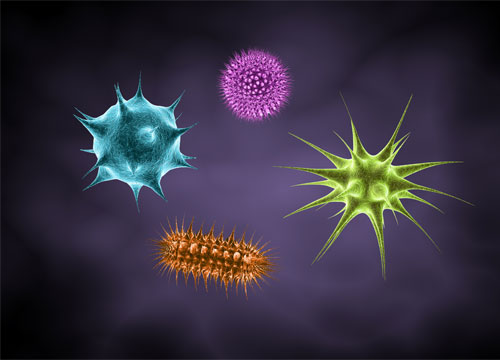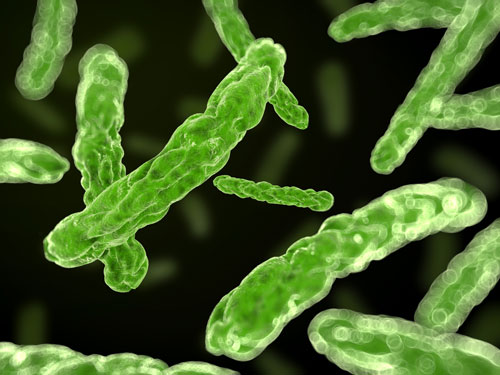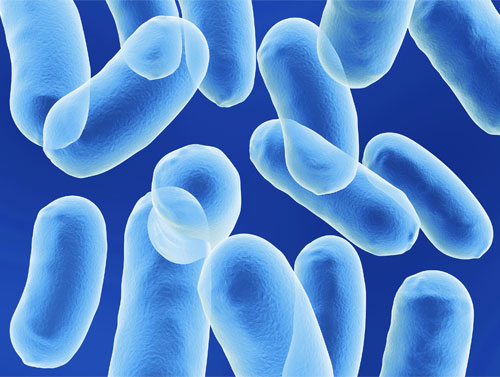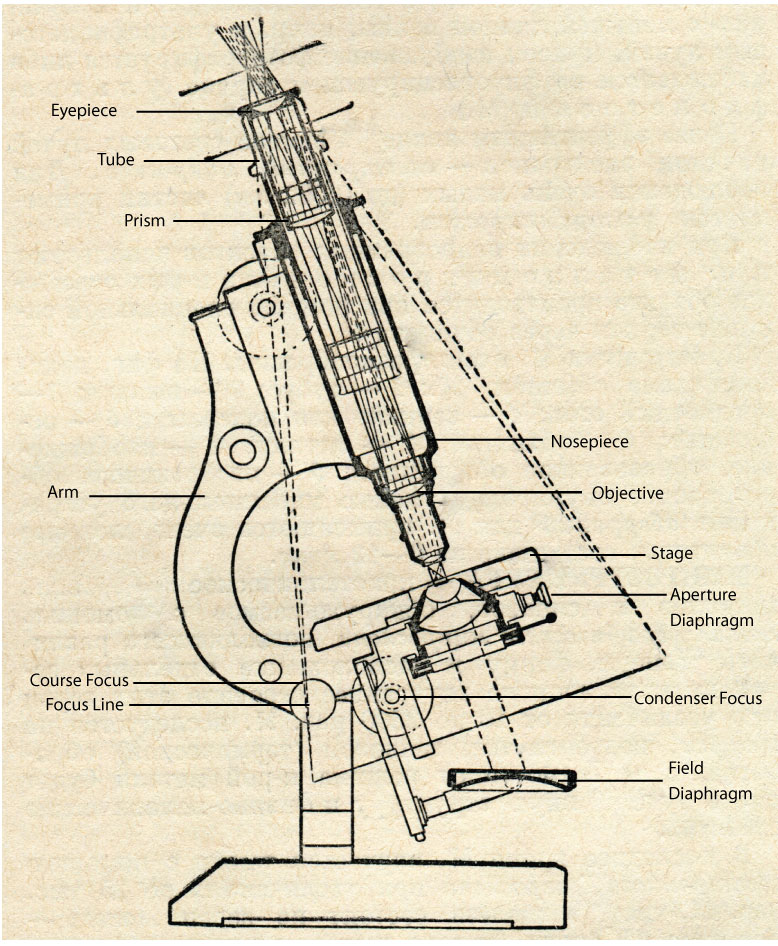What are the key activities in a Microbiology laboratory?


A microbiology laboratory is a laboratory devoted to the culturing, examination, and identification of microorganisms including bacteria, fungi, yeasts, etc. The microbiology laboratory has a crucial role in effective infection prevention and control (IPC).
Role of microbiology laboratory:
The isolation and characterization of microorganisms inflicting infections performed by the microbiology laboratory play two important functions.
- Clinical – Managing the infections on a regular basis
- Epidemiological – Deep knowledge of an infective microbe present in a patient is helpful in investigating its source and mode of transmission.
The microbiology laboratory is supervised by a panel of professionals with proper educational qualifications and training.
Good Microbiological Practice (GMP)
GMP comprising of aseptic techniques and other good microbiological techniques/practices are of utmost importance to prevent contamination of the laboratory when handling microorganisms. GMP employs microbiological lab techniques or microbiology lab procedures to keep the research materials (microorganisms) in their safe place without coming in contact with other organisms and also keeping the safety of the people around in mind while experimenting. The ultimate goal of GMP is to extract out the research result without any adulteration or contamination.
Microbiological lab techniques
Aseptic Technique in Laboratory Preparation and Analysis
An aseptic technique is a procedure that is performed under sterile conditions to prevent the introduction of unwanted organisms or bacterial contaminants into an environment. This is an important microbiological lab technique to avert any contamination of laboratory personnel, cultures, and equipment.
1. Sterilization
This is the decontamination process in which all forms of microorganisms and their spores (for example: bacteria, viruses, prions) are killed. This is usually carried through physical methods such as heat, radiation, and filtration or by chemical methods.
2. Disinfection
This is also a decontamination process that is used to eliminate or inhibit the growth of bacteria or other pathogens (microorganisms) from inanimate objects or surfaces.
Disinfectants such as alcohol, chlorine, etc. are utilized to make the substance and surface infection-free.
3. Sanitization
Sanitization aims at killing and eradicating the bacteria, pathogenic, and non-pathogenic microorganisms that grow on a surface top. A large number of products and chemicals are employed for the sanitization purpose namely:
Chlorine-based cleaners
Alcohol-based cleaners
Formaldehyde
Hydrogen Peroxide
2. Culture Techniques
There are five basic microbiology lab procedures (Five “I’s”) that are utilized by the microbiologists to examine and characterize microbes namely Inoculation, Incubation, Isolation, Inspection (Observation), and Identification.
For culturing a microorganism, a small sample is introduced to a culture media usually with the help of a platinum wire probe streaked across its surface. The growth that is observed on or in the medium is the culture.
Types of Culture Media
The nutrition requirements of every other microorganism vary. There are different types of media employed to ensure the proper growth of the organism for investigation. Media constitutes of varying nutrient content and consistency and hence is classified as below:
A. The physical state of media
B. Chemical composition of media
C. Functional types of media
Basal Media – These may be used for culturing the bacteria (like Staphylococcus and Enterobacteriaceae) that do not need enrichment of the media. Example: Nutrient broth, nutrient agar.
Enriched Media – They are comprised of complex organic substances such as blood, serum, etc. that are necessary for the growth of specific species. Example: Blood agar
Selective Media – They favor the growth of selected bacteria while inhibiting the growth of undesirable bacteria. Example: MacConkey agar, Lowenstein-Jensen media.
Differential (Indicator) Media – These are responsible for the growth of several different organisms that clearly show visible differences. Dyes are one of the most used differential agents. Example: MacConkey agar contains neutral red and is a dye that is yellow when neutral and when acidic, it is red or pink.
Transport Media – These are employed in the case where specimens cannot be cultured soon after being collected. Example: Stuart medium, Cary-Blair medium.
Storage Media – They become essential when the bacteria are to be stored for a long period. Example: Egg saline medium, chalk cooked meat broth.
2. Inoculation and Incubation
The technique through which a particular microorganism is introduced into a culture medium to develop the colonies is known as inoculation. The most common method used for spreading is either by a heat sterilized loop or a micropipette with sterilized tips.
The pour plate method, spread plate method, and streak plate method are all included in the techniques.
Once the inoculation is done, the agar or the broth containing the inoculum is kept in the incubator at a certain temperature for the required time duration. This supports the optimum growth of bacteria.
3. Enumerating Bacteria
1. Serial dilution: Serial dilution (or log dilution) is the process used to lower the bacterial concentration to a required concentration for a specific test method to be performed. This simplifies the experiment or makes the concentration easier to count in the case of agar plating.
2. Plate counts: The result of the plate count method reflects the number of microbial colonies that are capable of emerging under the given physical and chemical conditions such as pH, temperature, available nutrients, presence of growth inhibitory compounds, etc.
3. Most probable number: MPN technique is a method used for estimating the concentration of viable microorganisms in the soil, water, food, or agricultural product sample. This is carried out by means of replicating liquid broth growth in ten-fold dilutions.
4. Using a spectrophotometer: In a microbiology laboratory, a spectrophotometer is routinely implied during bacterial growth studies to estimate the growth of bacteria in the culture at certain times.
4. Identification of Pathogen
1. Morphology: The basic purpose of identifying the morphological characteristics of a microorganism helps in determining what the microorganism could be.
Staining: Implemented to identify microbes through their cell properties.
2. Staining: Implemented to identify microbes through their cell properties.
3. Using microscope: A microscope is an essential thing in a microbiology lab to see most of the microorganisms which are not visible through naked eyes. Some microorganisms such as viruses require an electron microscope to be seen and not a simple microscope.
4. Biochemical tests: The purpose behind the biochemical test is to differentiate between various classes of bacteria based on their enzymatic activities.
Some of the common biochemical tests are Indole tests, Catalase tests, oxidase tests, Dnase tests, etc.
5. Motility: Through this microbiological lab technique, the motility capacity of a microorganism is accessed to differentiate amongst other microorganisms.
6. Microbial serology: Serological test or serology test or antibody test, is a microbiology lab procedure carried out to determine viral & bacterial antigens and antibodies (IgG and IgM), for helping in diagnosing certain diseases and checking immune status.
There are several types of serological tests such as Enzyme-linked immunosorbent assays (ELISAs), agglutination, neutralization tests, Western blotting, direct and indirect immunofluorescence.
7. Molecular Analysis: Various molecular techniques including pulsed-field gel electrophoresis (PFGE), random amplified polymorphism deoxyribonucleic acid (RAPD), plasmid profile analysis, deoxyribonucleic acid (DNA) sequencing, multiplex polymerase chain reaction, and many more are employed for detecting, classifying, and/or characterizing microorganisms. These techniques are rapid, less laborious, more sensitive, and of great significance to Humans as compared to the conventional method.
SOURCES:
1. https://clinicalgate.com/microbiological-laboratory-techniques/#:~:text=Microbiologists%20use%20five%20basic%20procedures,platinum%20wire%20probe%20streaked%20across
2. https://www2.lbl.gov/ehs/pub3000/CH26/CH26_Appx_D.html
3. http://www.biocourseware.com/iphone/vml/bmlt/index.html
4. https://labmonk.com/blog/basic-techniques-of-microbiology/2/
5. https://www.aladdin-e.com/up_files/docs/Types%20of%20culture%20media%20used%20in%20microbiology.pdf
6. https://health.maryland.gov/laboratories/Pages/-Microbial-Serology.aspx#:~:text=Serological%20tests%20can%20be%20used,indirect%20immunofluorescence%2C%20and%20Western%20blotting.
.





Dr, Rajshree Saxena, I am a postgraduate student of Medical Microbiology. I will like to work with you. I like the aspect of microbiology you treated. Currently I am working on antibacterial activity of plant extract against Salmonella typhi & paratypi A,B,C. Challenge of getting Salmonella strains. Best and warmest regards.
I wish to run a microbial on died nuts and tumeric. Is it ok if I dry swab the samples and plate them?
Apologies, for the typo, It should read… dried nuts” and not ” Died nuts”..
I enjoy the update of Dr Saxena as they are very brief and informative providing a framework to explore beyond your counterparts
I’m very glad that I’ve seen this website and as per my field that I’m working, it is very helpful to me as a student studying laboratory science .
Thank you
I love learning about the different activities in a microbiology laboratory!
Its a very educative article full of items that we use in our daily routine. I would like to read more of your items